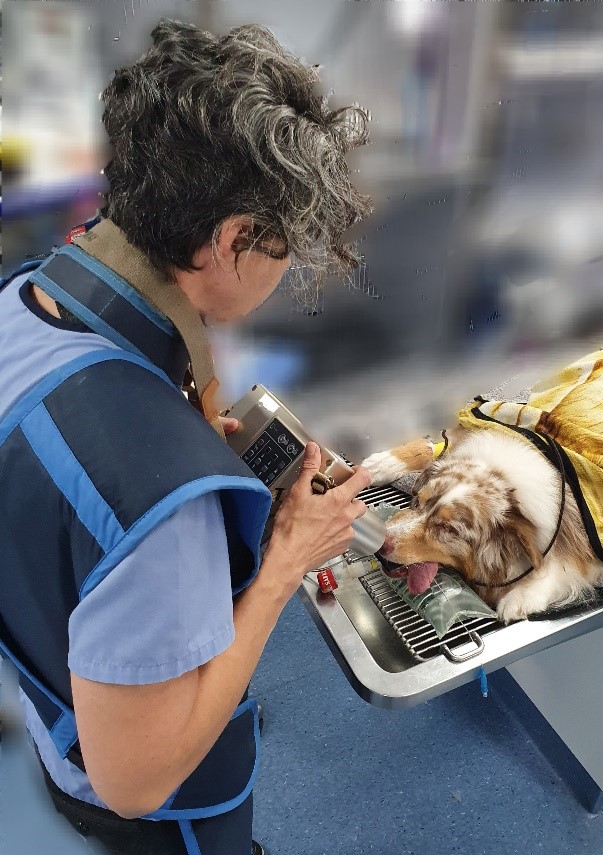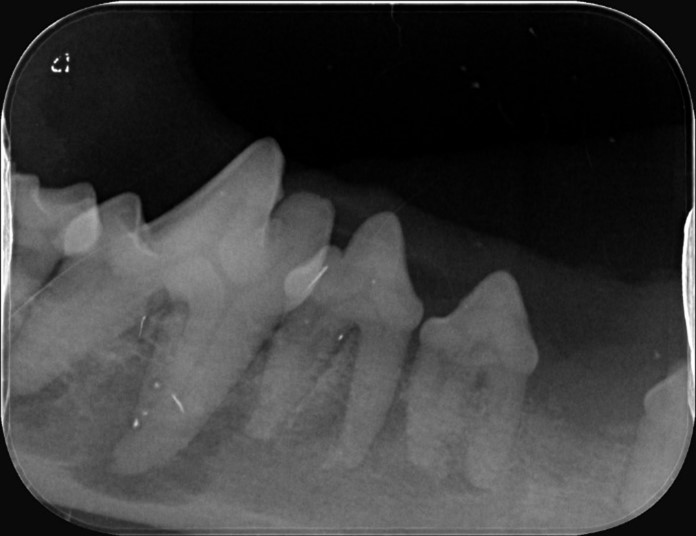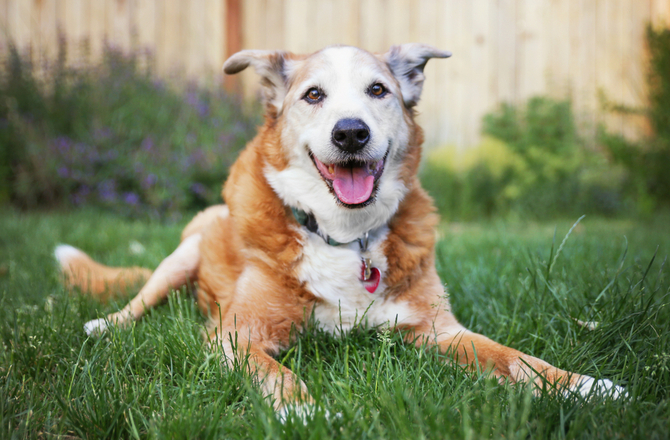 Here at McDowall vets, we are very passionate about your pet’s health care. An important part of keeping them happy, healthy and pain free, is dental care. Not all pets are willing to give us a big “aaaahh” and let us see right to the back of their mouths. Cats have 30 teeth and dogs have 42, that’s a lot of teeth to check!
Here at McDowall vets, we are very passionate about your pet’s health care. An important part of keeping them happy, healthy and pain free, is dental care. Not all pets are willing to give us a big “aaaahh” and let us see right to the back of their mouths. Cats have 30 teeth and dogs have 42, that’s a lot of teeth to check!
When we check your pet’s teeth in a consultation, we can often see indicators of dental disease on the teeth that we are able to visualise. Teeth are graded from 0 to 4 (4 being the highest grade of dental disease, usually requiring multiple tooth extractions). You can learn more about dental disease and grading in our informative blog “How do I know if my pet has dental disease?” What we are about to learn is what can lurk below the gum line of an innocent seeming tooth and the value of dental Xrays!
So how do we determine the health of a tooth after our initial assessment in a consult?
If we have determined that your pet does require a dental procedure, whether it’s just a clean, or possible extractions; we will book you in on a suitable day (Monday to Friday) that best suits your schedule. Because a dental procedure for an animal does require a full general anaesthetic, you will need to make sure that your pet is fasted from the evening before (no breakfast the morning of the procedure). This ensures that your pet has a safer anaesthetic. They will stay with us for the full day to allow us to assess them, arrange our surgical procedures appropriately and allow for your precious fur-baby to recover peacefully from their anaesthetic in our care.
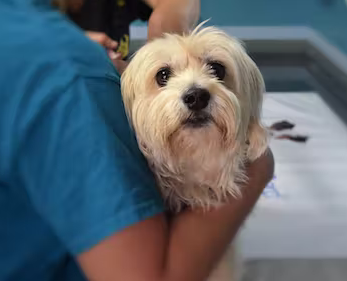 Our surgical and procedural admissions are between 8am and 9am, and our lovely reception staff will book you a 10-minute admission time. At the time of admission, one of our surgical nurses will go through the admission paperwork and address any last-minute questions you might have.
Our surgical and procedural admissions are between 8am and 9am, and our lovely reception staff will book you a 10-minute admission time. At the time of admission, one of our surgical nurses will go through the admission paperwork and address any last-minute questions you might have.
Once your pet is admitted, we will perform a final health assessment, draw and run any pre-anaesthetic blood tests required and give a pre-medication (a mild sedative) to relax them before their general anaesthetic. Once they are nice and relaxed and ready for the dental procedure, they will be anaesthetised via an intra-venous injection of anaesthetic and then intubated to allow us to deliver oxygen and gaseous anaesthetic to them throughout their procedure.
Once they are asleep, we can fully assess the mouth. We do this by removing any large deposits of calculus with specialised dental equipment so that we can fully visualise the teeth. This can sometimes reveal fractures or gum recession that we otherwise would not be able to see.
We will then assess tooth health and stability by using a special dental probe, checking for pocketing around the teeth that could indicate disease/ infection. Much like will happen when you go to the dentist, we will then take dental x-rays to assess the health of the teeth below the gum line (making sure those roots are healthy!)
This is done using a portable X-ray machine designed specifically for dental imaging, and using a small X-ray plate that is positioned inside the patient’s mouth. All of our X-rays are now digital, producing high-quality diagnostic imagery.
The dental plate is positioned inside the mouth below the targeted teeth. A small film is inside the protective sleeve. Once the xray is taken, the film is inserted into our dental image processor.
The above image is what healthy teeth look like on an x-ray. The following images are some examples of what unhealthy teeth look like on x-ray.
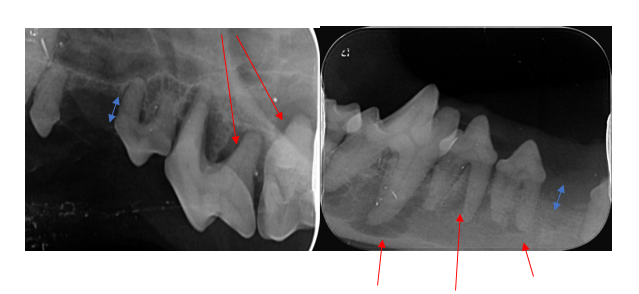 In the above images you can see grey shadowing around the base of the roots (indicated by red arrows). This can indicate bone loss, caused by infection and inflammation. You can also see gum recession (blue arrows) and along with bone loss, this will likely lead to very wobbly teeth.
In the above images you can see grey shadowing around the base of the roots (indicated by red arrows). This can indicate bone loss, caused by infection and inflammation. You can also see gum recession (blue arrows) and along with bone loss, this will likely lead to very wobbly teeth.
In the below image, you can see a fractured tooth root. This will be a source of pain and inflammation. Eventually this tooth may abscess, unless it is extracted. It is very common for us to find pathology and disease “hiding” out of site under the gum line in what looks like an otherwise healthy tooth outwardly. Our stoic pets often don’t let us know that they have a problem or are in pain, but instead adapt to chew on the other side of the mouth to try and mask the symptoms and control the discomfort.
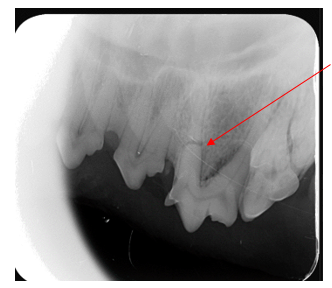 Once we have identified the problematic and/ or diseased tooth or teeth, we will then extract them using specialised dental equipment such as a drill (for the larger teeth with multiple roots), elevators to help loosen the roots and extraction forceps. Once the extractions are complete, we may also place some absorbable sutures to close over the extraction site. These sutures will fall out over time and do not require removal.
Once we have identified the problematic and/ or diseased tooth or teeth, we will then extract them using specialised dental equipment such as a drill (for the larger teeth with multiple roots), elevators to help loosen the roots and extraction forceps. Once the extractions are complete, we may also place some absorbable sutures to close over the extraction site. These sutures will fall out over time and do not require removal.
Your pet will be given a pain relief injection and will be monitored by a nurse while they recover in their nice warm bed. They will be ready to go home by the afternoon and a discharge time will be made with you so that all of the after-care information can be discussed with you.
The arrival of dental Xrays in general practice as an expected level of care means that we have been able to greatly improve the care and outcomes for all of our patients, helping many more patients to reach old age with a full set of teeth! Because of this we include complimentary routine X rays of all of your pets teeth with all of our grade 2-4 dental procedures.
Do me a favour – Lift the lip on each side of your pets mouth today and check how they are going. If you notice any smell, discolouration of the teeth or redness of the gums, they are probably “suffering in silence” and would greatly appreciate some help in their mouths! Give us a ring on 3353 6999 to book a free dental check and we can let you know how they are doing.


